VASEP talks down basa, tra US ban reports
The Vietnam Association of Seafood Exporters and Producers (VASEP) said that previous reports of a ban on the sale of Vietnamese tra and basa catfish fillets to the US, have proved to be false.
Sebastian Cianci, spokesman for the US Food and Drug Administration (FDA), also confirmed that the media statements that alleged the FDA had called for the ban were false.
Previously, Mike Herndon, another FDA spokesman, had told AP that the FDA was planning to ban the import of Vietnamese tra and basa catfish to the US after detecting fluoroquinolones, an illegal antibiotic banned from aquaculture production and consumption in the US, in several basa fish samples imported from Vietnam.
A suspension of sales has already been applied in the three catfish-farming southeastern states of Alabama, Louisiana and Mississippi.
As the US is one of Vietnam’s biggest catfish importers, local catfish breeders would no doubt face bankruptcy and an uncertain future if the ban spread to other US states.
The threat of a ban on the sale of Vietnam’s catfish alarmed Vietnamese farmers, processors and exporters across the country, prompting meetings to be called of representatives from fisheries associations to tackle the problem.
In a statement released last week, VASEP said the suspension had exceeded the scope and scale of the incident and stressed that the detection of fluoroquinolones in several seafood batches imported from Vietnam were only isolated cases that could not be applied to all Vietnamese seafood.
VASEP affirmed that for many years, Vietnam’s authorised agencies have consistently implemented a strict policy on food safety and hygiene, stressing the controlled use of antibiotics. The association added that its member enterprises had strictly observed the regulations on food safety, and considered product quality and hygiene their highest responsibilities to customers.
Many processing enterprises have built laboratories at their own cost to check the residue level of antibiotics in products. As a result, Vietnamese seafood, particularly tra and basa
catfish, has passed many authorised inspections in importing countries, building up its customer base around the world.
VASEP said it hoped the southern states would reconsider their decision in the interests of consumers and seafood businesses in the US and Vietnam. It called on the FDA to uphold the policy of no discrimination toward all enterprises and countries.
“Vietnamese seafood producers and exporters have continually upgraded their production conditions, and will continue to do so, to meet the requirements of importing countries, especially the US,” VASEP’s statement read.
The association also said Vietnamese seafood had been accepted in fastidious markets such as the EU and Japan, whose hygiene safety demands were even stricter than those of the US, which was clear evidence of Vietnamese seafood’s quality.
Vietnam Investment Review has learned that many tra and basa fish breeders in Vietnam’s largest production hub of An Giang were panicking after hearing of the false ban. Fearing bankruptcy, many tried to sell their fish at cheap prices.
“Catfish farming has been a constant struggle, and again we are unable to sell our products. If the situation continues, local catfish farmers will go bankrupt,” said a farmer upon hearing the news.
The An Giang Seafood Producers and Processors Association said many of its member processors had stopped buying catfish from farmers while waiting for news from other side of the world.
VASEP quoted IntraFish, a website specialising in seafood industry news, which stated on August 23 that US seafood importers had criticised the ban, saying it was not necessarily aimed at protecting the public’s heath, but was more likely protectionist, turning consumers toward the southern home-grown catfish. The website also reported that Alabama, Louisiana and Mississippi represented the lion’s share of farm-raised catfish production in the US, and for years had waged a politically charged public relations campaign against Vietnamese catfish.
Although the Global Aquaculture Alliance (GAA), an association of enterprises interested in global aquaculture, did not approve of the use of antibiotics, it protested the excessive measure of commercial banning.
GAA reported it was concerned that the increased attention on imported seafood products could lead to other drastic measures by US states.
GAA members include Red Chamber, the Darden restaurant chain, Long John Silver’s, Fishery Products International, Eastern Fish Inc., Ocean Garden Products, Saudi Fisheries Co., and Mazzetta Co. LLC.
Box:
Vietnam, the world’s largest tra and basa catfish producer, plans to produce 500,000 tonnes this year, 200,000 tonnes more than last year. Local producers have already churned out some 200,000 tonnes in the first seven months of the year, according to the Ministry of Fisheries.
Despite sales damage caused by the ban and tariffs, Vietnamese tra and basa catfish have increasingly become a favourite food in the US.
According to Seafood.com, Percy & Co, a US marketing research company, recently conducted tests to compare Vietnamese basa with American catfish.
The survey had over 300 people taste products over two days from August 6-7. About 49.5 per cent of participants preferred Vietnamese basa; 46 per cent selected American catfish and four per cent saw no difference. Fifty-two percent of women and 47 per cent of men preferred the Vietnamese fish.
Another survey conducted by the University of Mississippi last month also showed that three-fourths of the 58 people surveyed preferred Vietnamese basa to US catfish. The Mississippi study was based on nine taste comparisons, while Percy & Co’s test was based on two.
The Mississippi survey, conducted by Professor Doug Marshall, concluded that basa was both more delicious and safer than American catfish, sparking outrage in US fish producers.
What the stars mean:
★ Poor ★ ★ Promising ★★★ Good ★★★★ Very good ★★★★★ Exceptional
 Tag:
Tag:
Related Contents
Latest News
More News
- Mitsubishi Estate launches Logicross Hai Phong - a milestone in logistics evolution (November 20, 2024 | 14:32)
- Semiconductor workforce partnerships deliver industry-relevant training (November 20, 2024 | 10:58)
- German Quickpack to invest $31.7 million in Long An province (November 20, 2024 | 09:31)
- Foreign-invested enterprises drive logistics investment in the southeast region (November 20, 2024 | 09:27)
- Chile visit underscores trade benefits (November 19, 2024 | 10:00)
- Trump’s second term impacts sci-tech activities and industry 4.0 technologies (November 18, 2024 | 10:00)
- Vietnam eyes nuclear revival to bolster energy security (November 14, 2024 | 16:46)
- Kyokuyo completes $13.5 million seafood factory in Vietnam (November 14, 2024 | 12:19)
- VinFast receives $3.5 billion funding from Vingroup and Pham Nhat Vuong (November 14, 2024 | 06:38)
- Localities sprint to reach FDI targets (November 13, 2024 | 10:00)


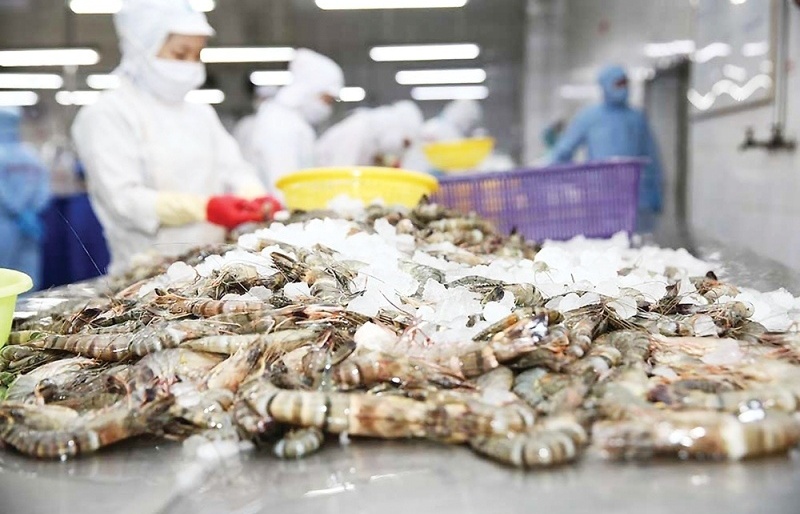

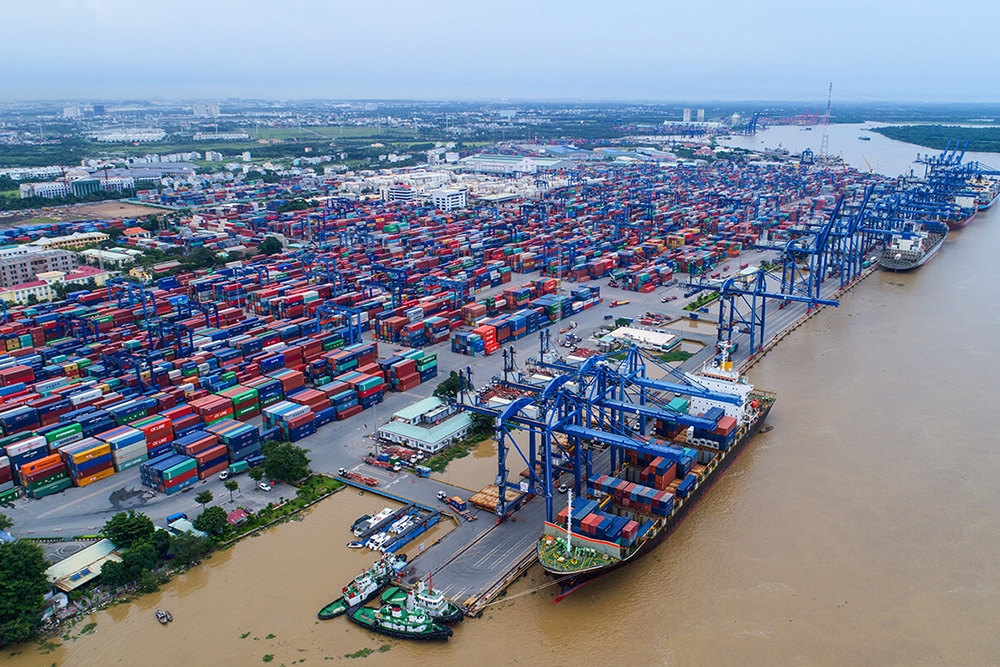
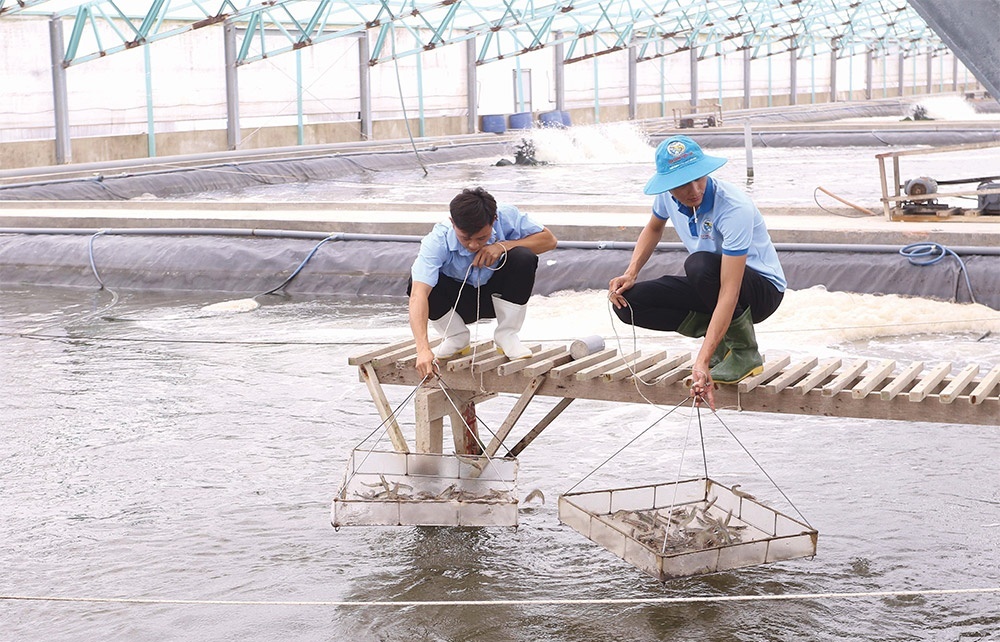
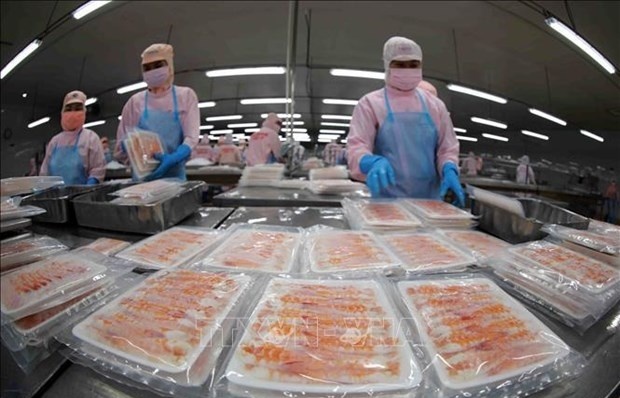
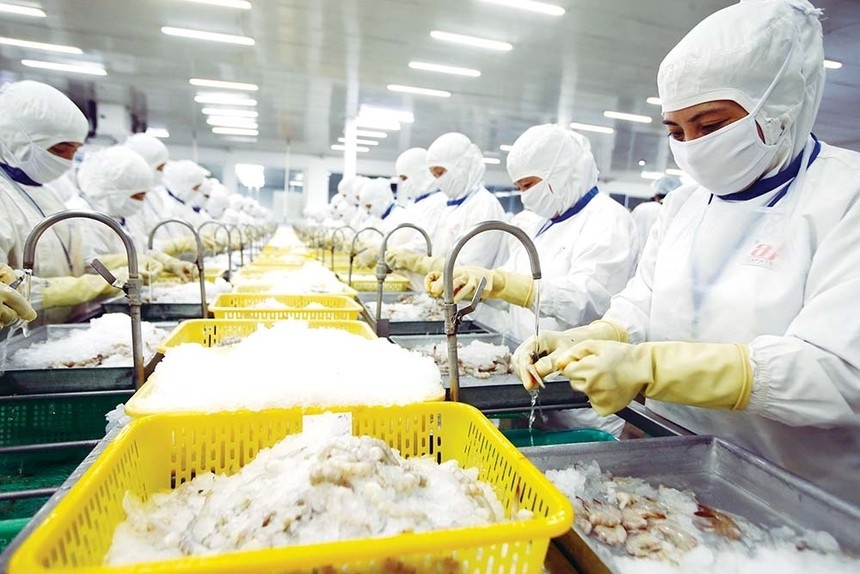
















 Mobile Version
Mobile Version